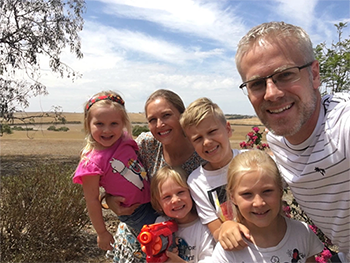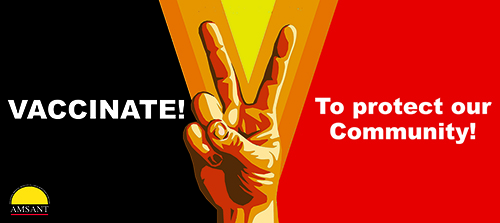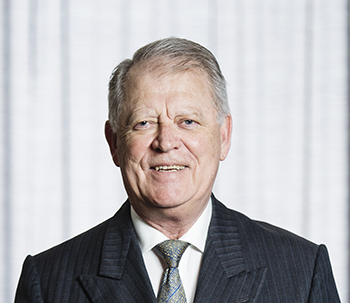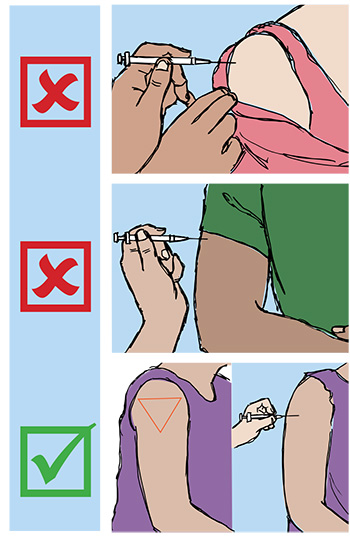
“Timor is part of our family story now”
Australian GP couple reflects on their family’s ‘tour of duty’ in Timor-Leste.
At various times many GPs have no doubt questioned the workaday side of practising… the stream of patients requiring scripts for statins or blood pressure meds, the need for referrals to diagnostics or specialists, the lifestyle advice that we all know but find hard to follow.
However, few practitioners decide that a better way to use their skills might be to pack up their large family and move to a country where patients are generally poor, often traumatised by violent events in the recent past, and where an underfunded healthcare system struggles to keep up with demand.
Jeremy Beckett was a GP (anaesthetics trained) in Western Australia. He had visited Timor-Leste (East Timor) twice, liked the place and its people, and felt he could be of some help, a view reinforced by his Christian faith, although unlike most Timorese he is not Catholic. His wife Bethany (Nelson), also a GP (obstetrics), came to agree but not before they had done their due diligence.
- Details
- Written by: Robin Osborne

What are Australians learning from COVID-19?
A commentary by Robin Osborne
It seems a fair bet that few Australians, including medicos, could not name this year’s seasonal flu vaccine, nor identify the company that manufactured it.
Mine was called FLUAD Quadrivalent, hardly a catchy name, made by Seqirus, which their website says comes from the message of 'securing health for all of us'. The ‘us’ part is obvious, anyway.
Headquartered in New Jersey, the firm is part of the Australian-founded, now global CSL Group, and that’s probably all you need to know because no one – except anti-vaxxers – is questioning this government-endorsed vaccine’s safety or comparing it against products from other companies. From the consumer’s perspective, you’ve either had the seasonal flu shot or you haven’t, and to its credit no one’s dies of blood clot complications or has more than a slightly sore arm.
The public’s awareness of COVID-19 vaccination is a different scenario, yet another sign of how much the coronavirus has turned the world upside down. Whether or not you’re unlucky enough to contract it, this global pandemic means nothing will ever be the same again. One of the ‘new normals’ is the population’s remarkably enhanced awareness of the various formulations being thrown against it, as well as the hitherto anonymous people who are doing the throwing.
- Details
- Written by: Robin Osborne

‘No rear vision mirror’ for retired Board chair
A meeting with Brian Pezzutti is like running a marathon race and a sprint all at once. I ask him how he has managed to keep up his intensity for so long? He turns to his wife Christine, a general practitioner until recently, and tells me she is the answer to that question. Christine had provided support in so many ways; his best friend and confidante, reliable money source when he was an MLC and now a guiding hand in retirement. Not that he is fully retired, he reminds me, with his anaesthetics still an interest. (He is excited about being able to work locally again now he is no longer Chairman of Northern NSW Local Health District board).
- Details
- Written by: Dr Chris Ingall

Survey on the arts and mental health
As artists and arts lovers we know the immense value creating and enjoying art can have on enhancing mental health and wellbeing.
Now five medical students from the University of Western Sydney are conducting a survey on this topic with a focus on how people are coping during Covid-19 restrictions.They are in Lismore as part of their fourth year of study which includes carrying out some community research.
Students Ruban Sivakumar, Rory Sinclair, Jeyvin Nandakumaran, Tushar Vashisht and Sanju Sonnadara created the online survey especially for people living in Northern NSW.
The research topic was developed with the help of Dr Andrew Binns and Dr Tien Khoo. The aim of the project is to gauge what effect Covid restrictions are having on wellbeing, but the study will also provide an evidence base for arts organisations to use when applying for funding.
Both consumers and creators of the arts living in Northern NSW are invited to take part in the survey. The more participants in the study, the more valuable the findings, so please encourage those in your arts circles to take part.
Research lead Dr Natalie Edmiston said the research had a twofold role.
“As well as gathering evidence on the connection between the arts and mental health and wellbeing, it reminds people to look to the arts for support with their own wellbeing during these challenging times; particularly if they are struggling.”
The survey can be found here:
https://surveyswesternsydney.au1.qualtrics.com/jfe/form/SV_eK7IXocMS1r3P9k
- Details
- Written by: Janet Grist

Shoulder injury related to vaccine administration (SIVA)
I have been prompted to write this due to an adverse incidence of a patient who received a Boostrix vaccine and went on to have serious problems that followed. It was basically a bursitis of a shoulder that resulted from the vaccine having been administered too high in the upper arm. This left the patient with an inability to abduct the arm for weeks.
In view of the large number of vaccines being given in these times it may be worth considering the site of injecting. It should be neither too high nor too low. This may involve removing layers of winter clothing to give the injector good access to the correct site in the deltoid muscle of the upper arm – see diagrams. This can be time consuming in a busy clinic under pressure.
Although a rare complication of vaccination it can be disabling for the patient causing an immune-mediated inflammatory reaction in the shoulder joint. The resulting problems can be bursitis, tendonitis, rotator cuff tears and fluid accumulation in the deltoid or rotator cuff.
In summary, all vaccines can produce this adverse reaction if the injection is given too high.
For more information see the RACGP article on Avoiding shoulder injury related to vaccine administration.
Drawings by Jeni Binns
- Details
- Written by: Andrew Binns
Page 31 of 177















